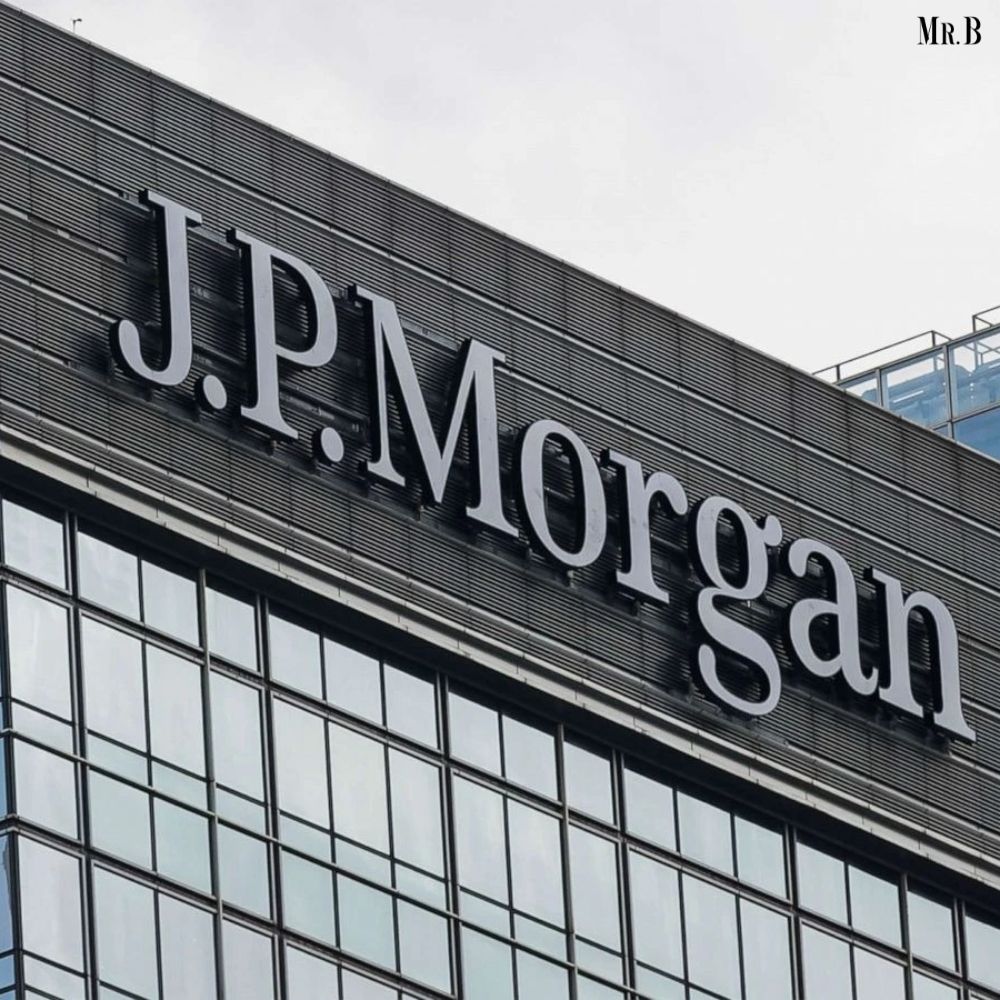[Source- ippmedia.com]
The stocks of major U.S. Big Bank have been outperforming the broader S&P 500 (^GSPC) this year, but this investor confidence is set to be tested as these financial giants report their second-quarter results. JPMorgan Chase (JPM), Wells Fargo (WFC), and Citigroup (C) are all scheduled to release their earnings on Friday, kicking off the earnings season for the U.S. banking sector. Bank of America (BAC) will follow suit with its report next Tuesday.
Since January, the stocks of these four largest U.S. banks have each risen more than 20%, surpassing the S&P 500’s performance. This impressive growth is nearly double that of the KBW Nasdaq Bank Index (^BKX), which tracks the broader banking industry. Investors remain optimistic about the big banks’ ability to thrive amidst a potential Federal Reserve interest rate cut, eased regulatory capital rules, and a resurgence in Wall Street dealmaking.
RBC Big Bank Capital Markets bank analyst Gerard Cassidy suggests that the Fed’s expected policy path, which includes one or two rate cuts in 2024 and more in 2025, bodes well for these large banks over the next year. However, the actual second-quarter results from these banks may not be as spectacular, with JPMorgan expected to report a significant net profit partly due to a multibillion-dollar pre-tax accounting gain from an exchange of shares in Visa (V). Analysts believe this one-time event will be discounted by market watchers.
Since January, the stocks of these four largest U.S. banks have each risen more than 20%, surpassing the S&P 500’s performance. This impressive growth is nearly double that of the KBW Nasdaq Bank Index (^BKX), which tracks the broader banking industry. Investors remain optimistic about the big banks’ ability to thrive amidst a potential Federal Reserve interest rate cut, eased regulatory capital rules, and a resurgence in Wall Street dealmaking.
Big Bank – Net Interest Income and Credit Caution
A key area of focus for investors will be the banks’ net interest income (NII), which measures the difference between what banks earn from loans and what they pay out in deposits. This measure is expected to decline sequentially for all four major banks, reflecting ongoing challenges with high deposit costs, weak loan demand, and a slower-than-expected reduction in interest rates by the Fed.
Scott Siefers, a large bank analyst with Piper Sandler, noted that investors are hopeful the second quarter will mark the lowest point for net interest income this year. The results are also likely to highlight the cautious approach these banks are taking towards credit, with new provisions set aside for future loan losses expected to rise by 26% from the previous quarter. This increase contrasts with a stabilization in loan loss provisions across all commercial banks, which rose by just 0.30% over the quarter, according to Federal Reserve data.
Despite these challenges, there is a brighter outlook for the big banks’ Wall Street operations. Investment banking fees are projected to surge by an average of more than 30% compared to a year ago, as dealmaking rebounds from poor performances in 2023 and 2022. Goldman Sachs (GS) and Morgan Stanley (MS), which specialize in Wall Street activities, are also expected to report significant increases in investment banking fees when they release their earnings next week.
Impact of Federal Reserve’s Rate Decisions
The banking sector is closely watching the Federal Reserve’s rate decisions, with the market anticipating a possible rate cut as early as September. For smaller regional banks, the timing of these cuts is critical, as they rely more heavily on lending income and have been hit harder by declines in net interest income. Additionally, regional banks are more vulnerable to weaknesses in the commercial real estate market.
This year, investor concerns have led to declines in the stocks of various regional and small banks. For example, Dallas-based First Foundation (FFWM) recently announced a $228 million infusion from new investors to reduce its concentration of multifamily apartment loans, which caused its stock to drop. Similar declines occurred in June following an analyst report on Bank OZK (OZK) and in May when a short seller targeted Axos Financial (AX) over the quality of its property loans.
Commercial real estate concerns initially flared up early this year when New York Community Bancorp (NYCB) set aside a significant amount of money for potential loan losses, partly due to rent-regulated apartment complexes in New York City. Despite the initial stock drop, NYCB managed to stabilize the market with an emergency equity infusion that included former Treasury Secretary Steven Mnuchin.
As the earnings season unfolds, the results from these big banks will provide crucial insights into their ability to navigate a complex economic environment marked by fluctuating interest rates and evolving market conditions.
Curious to learn more? Explore this News on Mr. Business Magazine







